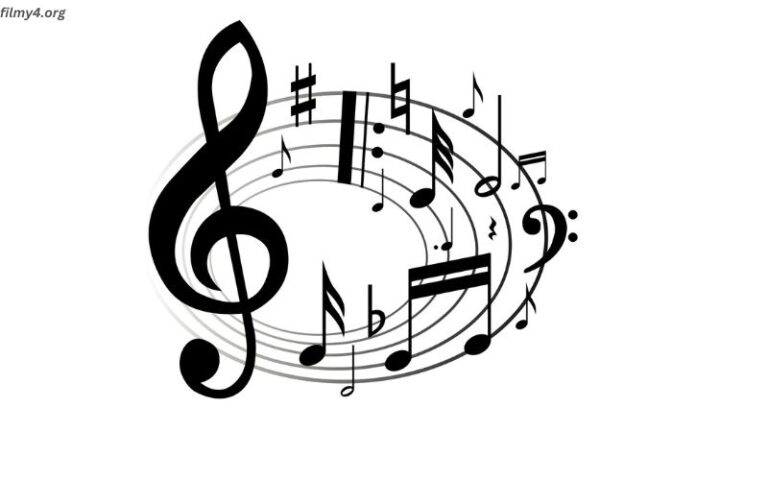Origins and Historical Context
The origins of “Ram Siya Ram Siya Ram Jai Jai Ram” can be traced back to the rich tradition of bhakti (devotional) poetry in India. Bhakti movement, which began around the 7th century, emphasized the personal devotion to a deity as the path to salvation. This movement gave rise to numerous devotional songs and hymns dedicated to various gods and goddesses, with Lord Rama being a central figure in many of these compositions.
Lord Rama, the seventh avatar of the Hindu god Vishnu, is the protagonist of the Ramayana, one of the two major Sanskrit epics of ancient Indian literature. The Ramayana, traditionally attributed to the sage Valmiki, narrates the life of Rama, his wife Sita, and his loyal companion Hanuman. The story of Rama’s righteous rule and his quest to rescue Sita from the demon king Ravana has inspired countless devotees and has been retold in numerous languages and artistic forms over millennia.
The bhajan “Ram Siya Ram Siya Ram Jai Jai Ram” likely emerged from this extensive tradition of devotional music and poetry that seeks to express love and reverence for Rama and Sita. While its precise authorship is uncertain, the song has been popularized by various singers and spiritual leaders over time.
Lyrical Analysis
The lyrics of “Ram Siya Ram Siya Ram Jai Jai Ram” are simple yet profound, reflecting the essence of devotion. Here is a closer look at the meaning and significance of the words:
Ram Siya Ram Siya Ram Jai Jai Ram
This repetitive chant serves as the chorus and main body of the bhajan. Each word carries deep meaning and evokes different aspects of devotion:
- Ram: Refers to Lord Rama, symbolizing righteousness, virtue, and divine love. Chanting Rama’s name is believed to purify the mind and soul.
- Siya: Refers to Sita, Rama’s devoted wife, representing purity, strength, and devotion. Mentioning Sita alongside Rama highlights the unity and balance between masculine and feminine divine energies.
- Jai Jai: This phrase is an expression of victory and praise. “Jai Jai Ram” can be interpreted as hailing the victory and glory of Rama, celebrating his divine qualities and deeds.
The repetition of these words is not merely a linguistic device but a meditative practice. The continuous chanting of Rama and Sita’s names is intended to focus the mind and evoke a state of spiritual ecstasy.
Musical Interpretation
The musicality of “Ram Siya Ram Siya Ram Jai Jai Ram” plays a crucial role in its impact on the listener. Bhajans are traditionally composed in a way that makes them easy to sing and remember. The melody is often simple yet captivating, designed to facilitate communal singing and deep immersion into the devotional experience.
The typical rendition of this bhajan involves a harmonium, tabla, and sometimes additional instruments like the flute or sitar. The lead singer often starts with a slow tempo, gradually building up to a faster, more ecstatic rhythm as the chant progresses. This gradual intensification mirrors the increasing depth of devotion and absorption into the divine.
Cultural and Spiritual Impact
“Ram Siya Ram Siya Ram Jai Jai Ram” has a profound cultural and spiritual impact on those who engage with it. The bhajan is a staple in Hindu religious ceremonies, festivals, and personal devotional practices. Its popularity transcends regional and linguistic boundaries, making it a unifying force in the diverse tapestry of Indian spirituality.
In Religious Ceremonies
The bhajan is commonly sung during Ram Navami, the festival celebrating the birth of Lord Rama, and during Diwali, which commemorates Rama’s return to Ayodhya after defeating Ravana. It is also a fixture in daily worship rituals (pujas) and satsangs (spiritual gatherings), where devotees come together to sing and meditate on the divine.
In Popular Culture
Beyond its religious significance, “Ram Siya Ram Siya Ram Jai Jai Ram” has permeated Indian popular culture. It has been featured in numerous films, television serials, and music albums, further cementing its place in the collective consciousness. Notably, the bhajan has been used in Bollywood movies to underscore themes of devotion, righteousness, and the triumph of good over evil.
Personal Devotion
For many individuals, chanting “Ram Siya Ram Siya Ram Jai Jai Ram” is a personal spiritual practice. The repetitive nature of the bhajan aids in meditation, helping practitioners to center their thoughts and connect with the divine presence of Rama and Sita. This practice is believed to bring inner peace, clarity, and a sense of divine protection.
Interpretations and Renditions
Over the years, “Ram Siya Ram Siya Ram Jai Jai Ram” has been interpreted and rendered by numerous artists, each bringing their unique touch to the bhajan. Some of the most notable renditions include:
- Lata Mangeshkar: The legendary playback singer’s rendition is revered for its purity and emotive power. Her voice captures the essence of devotion, making it a favorite among listeners.
- Anup Jalota: Known as the Bhajan Samrat (Emperor of Bhajans), Anup Jalota’s version is widely popular in satsangs and religious gatherings. His soulful singing and musical arrangement add depth to the bhajan.
- Jagjit Singh: The renowned ghazal singer’s rendition is marked by his distinctive voice and heartfelt expression. Jagjit Singh’s version is appreciated for its simplicity and emotional resonance.
These interpretations have played a significant role in popularizing the bhajan and making it accessible to a wider audience.
Conclusion
“Ram Siya Ram Siya Ram Jai Jai Ram” is more than just a bhajan; it is a spiritual experience that has touched the hearts of countless devotees over centuries. Its simple yet profound lyrics, coupled with its melodious tune, make it a powerful tool for meditation and devotion. As a part of the rich tradition of bhakti poetry and music, this bhajan continues to inspire and uplift, reminding us of the eternal values of righteousness, love, and devotion embodied by Lord Rama and Sita.
